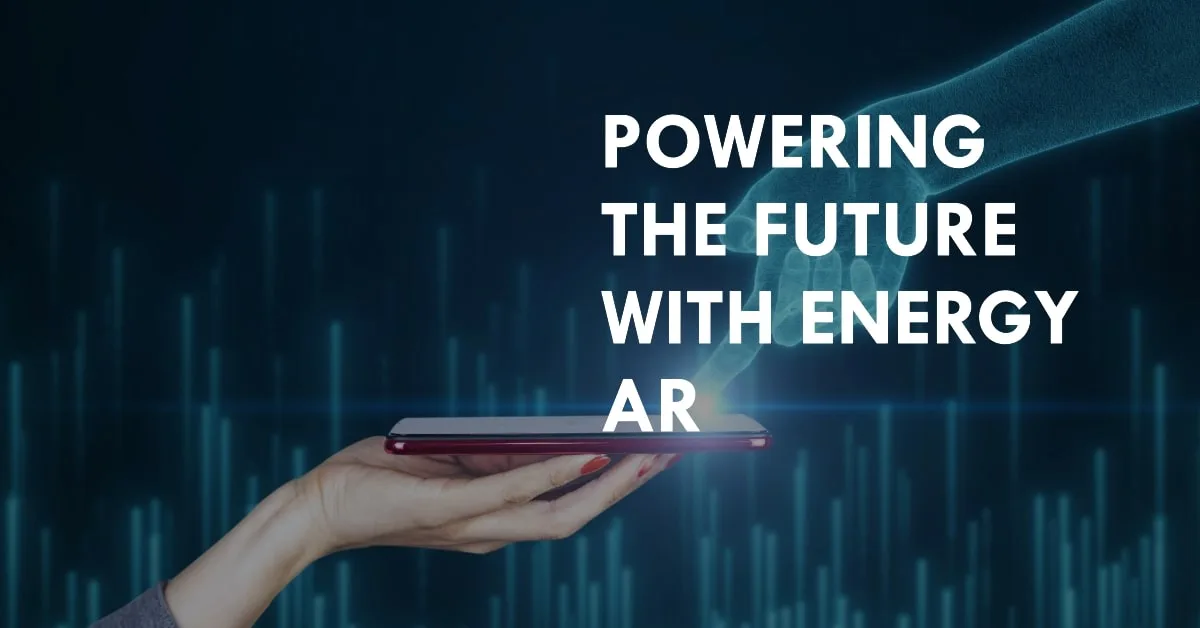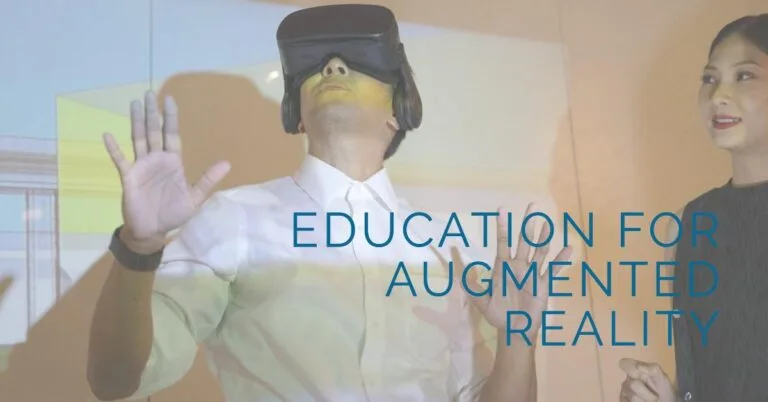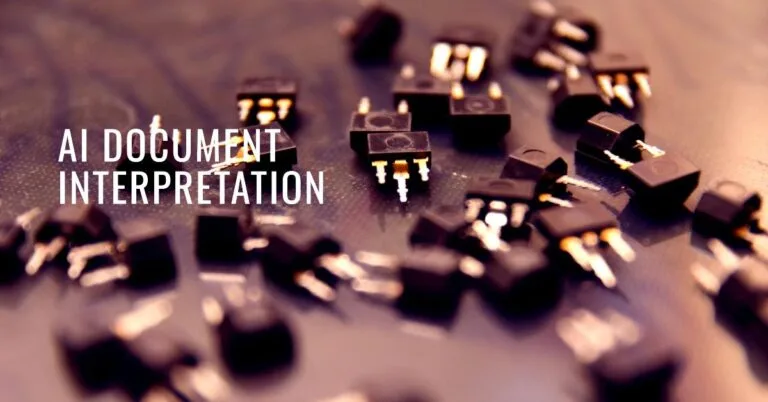
Powering the Future: A Guide to Energy Augmented Reality
Imagine a world where technicians can see hidden information about pipelines buried underground, or where trainees can virtually practice complex maintenance procedures on wind turbines. This isn’t science fiction; it’s the reality of Energy Augmented Reality (EAR).
EAR is a cutting-edge technology that superimposes digital information onto the physical world. By equipping workers with AR headsets or tablets, energy companies can revolutionize the way they operate.
What exactly is Energy Augmented Reality?
In simpler terms, Energy Augmented Reality overlays digital data onto a user’s real-world view. This data can include everything from schematics and maintenance instructions to real-time energy usage information.
Here’s a breakdown of how EAR works:
- Hardware: The foundation of EAR lies in specialized hardware like AR headsets or tablets. These devices come equipped with cameras and sensors that track the user’s environment.
- Software: Specialized software applications process the data captured by the hardware and overlay the digital information onto the user’s field of view.
- Data: EAR relies on a rich pool of data to function effectively. This can include 3D models of equipment, sensor readings, and maintenance manuals.
By combining these elements, EAR creates an interactive and informative experience that empowers workers in the energy sector.
Revolutionizing Energy Operations with EAR
The applications of EAR in the energy sector are vast and hold immense potential for improving efficiency, safety, and sustainability. Let’s delve into some key areas where EAR is making a significant impact:
- Enhanced Training and Knowledge Transfer: Imagine a trainee being able to virtually interact with a 3D model of a complex power plant component while receiving step-by-step maintenance instructions through their AR headset. This is exactly what EAR facilitates. By providing a safe and interactive learning environment, EAR can significantly reduce training times and improve knowledge retention for recruits.
- Improved Field Service and Maintenance: Traditionally, technicians rely on paper manuals and physical inspections to diagnose and repair equipment. EAR can transform this process by superimposing schematics, maintenance instructions, and even live diagnostic data directly onto the equipment itself. This empowers technicians to work faster, smarter, and with greater accuracy.
- Boosting Safety and Risk Mitigation: Working in the energy sector can be inherently hazardous. EAR can play a crucial role in mitigating these risks. For instance, technicians can be alerted to hidden dangers like electrical lines or pressurized pipes through visual or audio warnings within their AR view. Additionally, EAR can provide step-by-step safety protocols for complex procedures, minimizing the risk of human error.
- Optimizing Energy Efficiency: EAR can be a powerful tool for promoting sustainable energy practices. By visualizing real-time energy consumption data within buildings or power plants, EAR can help identify areas for improvement and encourage more efficient energy usage.
Real-World Examples of Energy Augmented Reality in Action
The potential of EAR is not just theoretical. Here are a few real-world examples of how energy companies are already reaping the benefits of this technology:
- Siemens Energy utilizes AR to connect field technicians with remote experts. This allows for faster troubleshooting and problem-solving, leading to reduced downtime and improved efficiency.
- National Grid is piloting an AR project to improve the safety and efficiency of its electrical maintenance operations. Technicians use AR headsets to access vital information about equipment and receive real-time guidance from remote specialists.
- ExxonMobil is exploring the use of AR to enhance training for its workforce. By utilizing 3D simulations of oil rigs and interactive maintenance tutorials, ExxonMobil is aiming to improve knowledge retention and reduce training costs.
These are just a few examples, and as EAR technology continues to evolve, we can expect even more innovative applications to emerge in the energy sector.
The Future of Energy with Augmented Reality
The future of energy is undoubtedly intertwined with the advancement of Energy Augmented Reality. As EAR technology becomes more sophisticated and accessible, we can expect to see even greater benefits across the industry. Here are some exciting possibilities on the horizon:
- Remote Collaboration and Support: Imagine a world where engineers can virtually collaborate on complex repair projects, regardless of their physical location. EAR has the potential to revolutionize remote collaboration and support within the energy sector.
- Predictive Maintenance: By leveraging sensor data and machine learning algorithms, EAR can be used to predict equipment failures before they occur. This proactive approach to maintenance can significantly reduce downtime and maintenance costs for energy companies.
- Integration with the Internet of Things (IoT): EAR can seamlessly integrate with IoT devices, allowing for real-time monitoring and control of energy infrastructure. For example, technicians could use AR headsets to visualize sensor data from various IoT devices installed throughout a power plant, enabling them to quickly identify and address issues.
- Augmented Reality Assisted Design: EAR can also enhance the design and construction phases of energy projects. Architects and engineers can use AR to visualize proposed infrastructure in the real world, allowing for better-informed decision-making and more efficient project execution.
- Interactive Energy Education: EAR can revolutionize how people learn about energy and sustainability. By creating immersive educational experiences, EAR can inspire the next generation of energy professionals and foster a deeper understanding of complex energy concepts among the general public.
Frequently Asked Questions about Energy Augmented Reality (EAR)
What is Energy Augmented Reality (EAR)?
EAR is a technology that overlays digital information onto the physical world of energy operations. This information can include schematics, maintenance instructions, real-time data readings, and even 3D models of equipment. Workers in the energy sector wear AR headsets or tablets that display this information, allowing them to see the real world with an added layer of digital data.
What are the benefits of using EAR?
EAR offers a wide range of benefits for the energy sector, including:
Improved efficiency and productivity
Reduced downtime and costs
Enhanced worker safety
Improved training effectiveness
Fewer mistakes
Improved data collection and analysis
How is EAR being used in the energy sector today?
Several companies are already exploring the potential of EAR. Here are a few examples:
Siemens Energy uses EAR to connect field technicians with remote experts for faster troubleshooting and problem-solving.
National Grid is piloting an AR project to improve the safety and efficiency of electrical maintenance operations.
ExxonMobil is exploring the use of EAR to enhance training for its workforce by utilizing 3D simulations and interactive tutorials.
What are the future possibilities of EAR in the energy sector?
The future of EAR is bright! Here are some exciting possibilities:
Remote collaboration and support: Engineers can virtually collaborate on complex projects regardless of location.
Predictive maintenance: EAR can be used to predict equipment failures before they occur, minimizing downtime and maintenance costs.
Improved regulatory compliance: EAR can streamline data collection and reporting processes, ensuring compliance with safety regulations.
Is EAR expensive to implement?
The cost of implementing EAR can vary depending on the specific needs and applications. However, the potential return on investment (ROI) can be significant, considering the benefits of improved efficiency, reduced downtime, and enhanced safety.
What are the challenges of using EAR?
Some challenges associated with EAR include:
Ensuring worker adoption and comfort with the technology.
Integrating EAR with existing data systems and workflows.
Addressing cybersecurity concerns related to connected devices and data.
Despite these challenges, the potential benefits of EAR outweigh the drawbacks. As the technology matures and these challenges are addressed, EAR is poised to play a transformative role in the future of energy.
Conclusion
In conclusion, Energy Augmented Reality represents a paradigm shift in how energy companies operate and innovate. By leveraging the power of AR technology, these companies can enhance training, improve safety, optimize efficiency, and pave the way for a more sustainable future. As technology continues to evolve, the possibilities for EAR in the energy sector are truly limitless.






